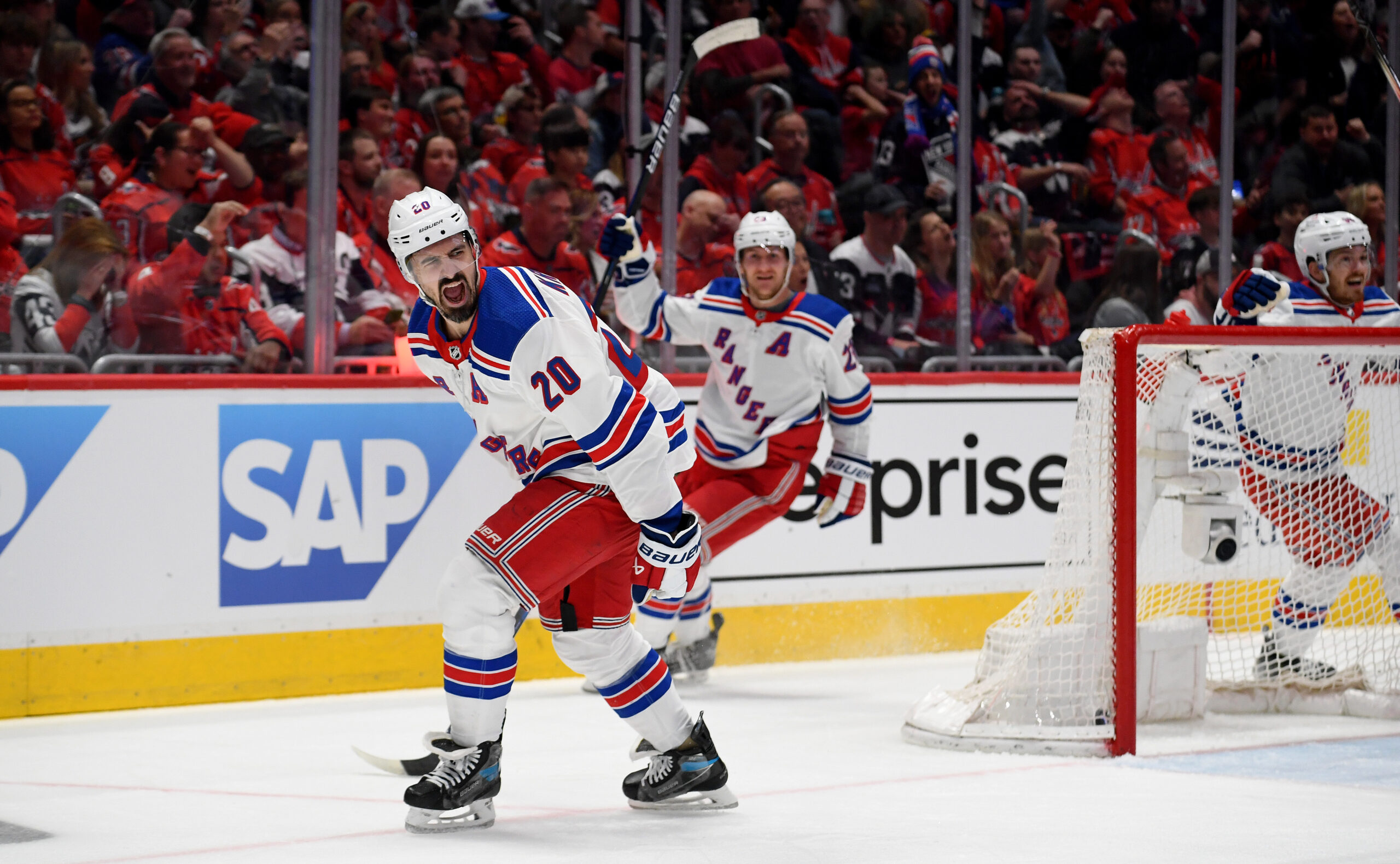

The New York Rangers and Anaheim Ducks recently completed a trade that sent long-time Rangers winger Chris Kreider and a 2025 fourth-round pick to Anaheim in exchange for prospect Carey Terrance and a 2025 third-round pick. This move has sparked considerable debate among hockey analysts and fans alike, with opinions varying on which team ultimately "won" the deal. Grading such a trade requires careful consideration of each team's current needs, the players involved, and the potential long-term impact.
For the Anaheim Ducks, acquiring Kreider represents a calculated gamble. The Ducks have struggled to make the playoffs in recent years, and while they have amassed a promising pool of young talent, that talent needs veteran leadership. Kreider, despite coming off a subpar season, brings a wealth of experience and a proven track record as a scorer. At 34, he is no longer in his prime, and his production dipped significantly last season, raising concerns about his ability to rebound. However, the Ducks are betting that a change of scenery and a reduced role could revitalize Kreider's game. His presence could also provide valuable guidance to the Ducks' young forwards, helping them develop into consistent NHL contributors. Furthermore, Kreider's power play prowess could address a significant weakness for Anaheim, who had the league's worst power play this past season. Considering the Ducks' needs and potential benefits, a grade of B+ seems appropriate. The risk is moderate, and the potential reward, in terms of leadership and improved offensive output, could be substantial.
Conversely, the Rangers' decision to trade Kreider signals a shift in direction. Kreider has been a mainstay in New York for over a decade, becoming a fan favorite and climbing the franchise's all-time leaderboard in goals and playoff goals. However, his declining production and the Rangers' desire to free up cap space made him expendable. In return, the Rangers receive Carey Terrance, a promising center prospect. While Terrance is not projected to be a top-line player, he provides organizational depth and could develop into a valuable bottom-six contributor. Additionally, the Rangers move up in the draft, swapping a fourth-round pick for a third-round pick. The Rangers' primary motivation appears to be shedding Kreider's $6.5 million cap hit for the next two seasons, providing them with greater financial flexibility to revamp their roster under their new coach. Given the Rangers' long-term vision and the need to address their cap situation, a grade of A- seems warranted. They shed salary, acquired a decent prospect, and improved their draft position, all without retaining any of Kreider's salary.
Ultimately, the Kreider trade appears to be a mutually beneficial transaction. The Ducks acquire a veteran presence and potential offensive boost, while the Rangers gain cap flexibility and a prospect for the future. Whether Kreider can recapture his scoring touch in Anaheim remains to be seen, but the Ducks' gamble is a reasonable one given their circumstances. The Rangers, on the other hand, have positioned themselves to pursue other roster improvements, paving the way for a new era in New York. As with any trade, the true impact will not be fully known for several years, but early indications suggest that both teams have addressed their respective needs and are optimistic about the future.